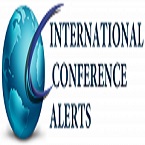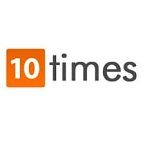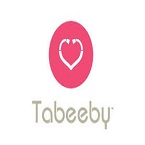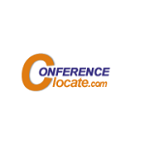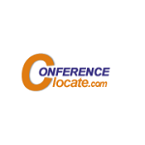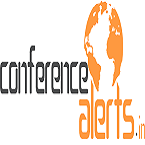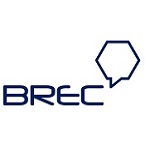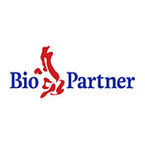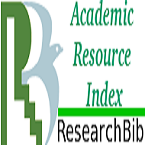Academic indexing resources are essential for increasing the visibility, credibility, and scholarly impact of journals and research publications. They serve as curated databases that catalog peer-reviewed articles, conference papers, and other scientific content, allowing researchers worldwide to access reliable, quality-assured information. Inclusion in a recognized indexing database not only reflects the academic integrity of a journal but also boosts its accessibility and citation rate, making it a critical component of academic publishing.
Some of the most respected and widely used indexing platforms include Web of Science (by Clarivate Analytics) and Scopus (by Elsevier). These multidisciplinary databases offer comprehensive citation tracking, journal rankings, and advanced analytics tools. In the field of medicine and life sciences, PubMed/MEDLINE remains the gold standard, offering highly curated biomedical literature. Similarly, the Directory of Open Access Journals (DOAJ) indexes only peer-reviewed, fully open-access journals that adhere to strict ethical and editorial standards.
There are also region-specific and subject-specific indexing services, such as ERIC (for education), PsycINFO (for psychology), MathSciNet (for mathematics), and SciELO and Latindex (for Latin American research). Emerging open platforms like OpenAlex and Semantic Scholar are gaining popularity for offering free, machine-readable indexing alternatives. While some resources like Google Scholar have broad reach, they lack the curated quality control found in databases like Scopus or Web of Science.
Inclusion in these databases typically requires a journal to meet high standards of peer review, regular publication frequency, transparent editorial policies, and international editorial board representation. Academic institutions, funding bodies, and ranking agencies often evaluate journals based on their indexing status. For authors and conference organizers, aligning with indexed journals ensures greater research visibility and enhances academic credibility. Therefore, understanding and utilizing indexing resources is vital for all stakeholders in scholarly communication.


